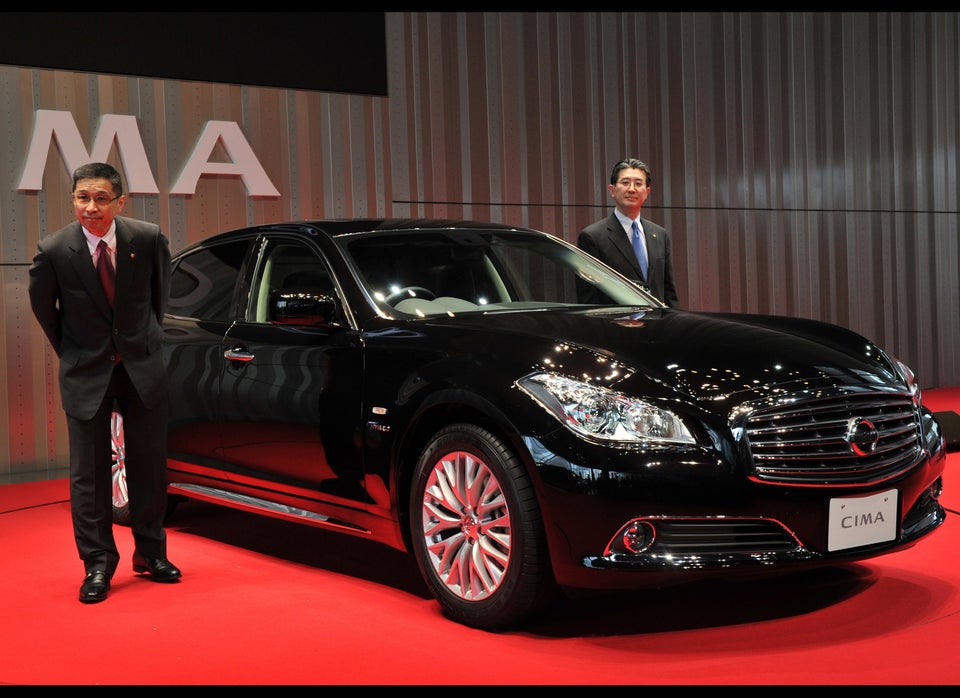
Electric cars are quiet. Too quiet. One of the biggest virtues of the battery vehicle is that it is virtually silent in operation. And heaven knows, in today’s marketplace, the EV needs every advantage it can get. But a quiet car can be a deadly car for the blind or disabled, and that’s led to federal government rulemaking that will require EVs to produce some kind of sound until they reach 17 mph. Exactly what those sounds will be is now being hotly debated.
I talked to Wade Newton of the Auto Alliance, which represents 12 carmakers and filed public comments last week looking to postpone the federal rule, and highly critical of the form it takes now. The alliance is walking a fine line — it supports the federal rule in principle, but doesn’t want consumers to be turned off by noisy, annoying EVs. It’s also worried about cost.
“Let the engineers figure out the best way to make it work,” Newton said. “We want a car to sound like a car, and we want some level of differentiation within a basic framework — so a sedan might sound slightly different than a coupe, for example. And if the sound is audible to the motorist, we want it to be relatively pleasing to them. But no one wants a wild west of different ringtones.”
Ah, ringtones. When I talk to people about this, they invariably get captivated by the idea of having the car produce its own personalized ringtone — a “signature” sound, so to speak. But think about it a bit: an unfamiliar ringtone conveys no recognizable message to a blind person, who’s going to hear what could be a passing car radio. The alliance calls the ringtone thing “a Pandora’s box,” and that’s about it.
Newton also points out another big problem. “Any sound the car produces will be heard very differently in Times Square and a rural road in upstate New York,” he said. So do you optimize the sound for loud environments or quiet ones?
The automakers also want the sound to cut off at 12.4 mph, not 18.6, because they say above that speed tire noise makes the car audible anyway. The federal rule is supposed to begin phasing in September of 2014, but the carmakers want to forget phasing it in and delay implementation to 2018.
The National Highway Traffic Safety Administration (NHTSA) estimates the cost at $30 to $35 per car, but the alliance says it’s way higher. The safety agency says it’s a vital matter of, well, safety. “NHTSA estimates that if this proposal were implemented, there would be 2,800 fewer pedestrian and pedalcyclist injuries over the life of each model year of hybrid cars, trucks and vans and low-speed vehicles, as compared to vehicles without sound,” the agency said.
The National Federation of the Blind is highly supportive of the legislation and was instrumental in shaping it. “Quiet vehicles are highly problematic for blind pedestrians, who depend on the sound emitted by cars in order to travel safely and independently. “We feel strongly that the industry must take measures to insure the safety of blind and sighted pedestrians,” NFB says. “We believe that vehicles can be designed to emit an inoffensive sound that will give pedestrians the information they need.”
